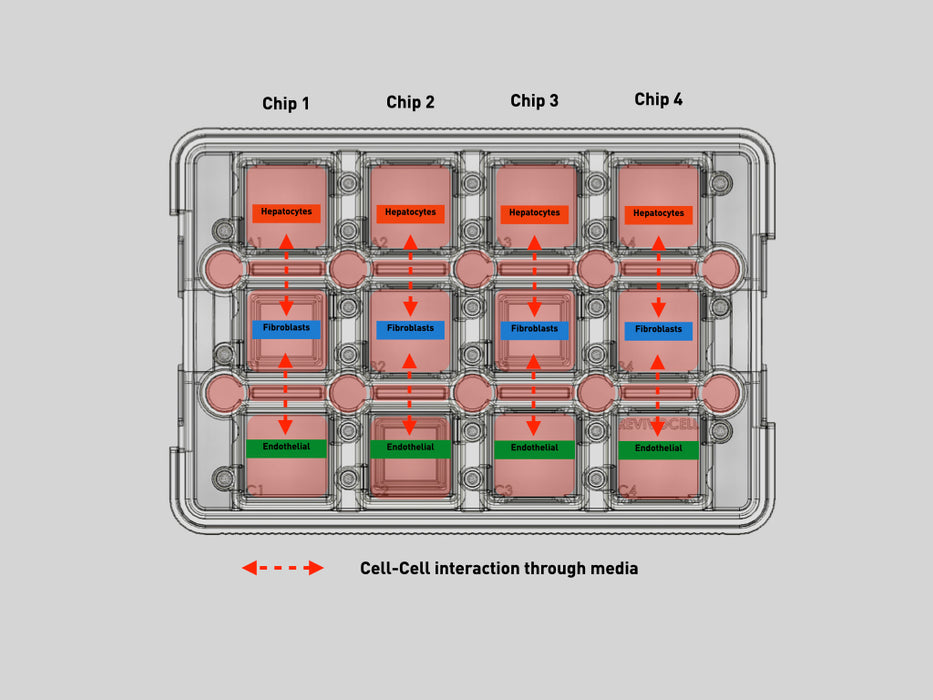CELLBLOKS® is unique because no other plate platform allows you to study complex in-vivo like cell-cell interaction studies with ease. The interactive LEGO®-like “plug and play” nature of the device makes it versatile allowing you to perform a wide range of cell-cell combination studies. Using CELLBLOKS® you can build complex models by simply putting together different cell growth Blocks in one platform that are designed to mimic both barrier organs and those in systematic circulation. The platform is designed in standard well plate format that makes it compatible with standard readout equipment and minimizes any workflow disruption
Multiple cell and organ type co-culture
Configure combinations matrix to determine the interaction of each cell type being studied
CELLBLOKS® system allows you to set-up three-way combination possibilities which means that each cell type in a system can be tested individually, in sets of two and in a tri-culture all within one plate. In fact,CELLBLOKS®, is the only platform that enables researchers this three-way expansion. CELLBLOKS® matrix enables you to identify and select correct cell type combinations for further study at early stage, helping you save time and money.
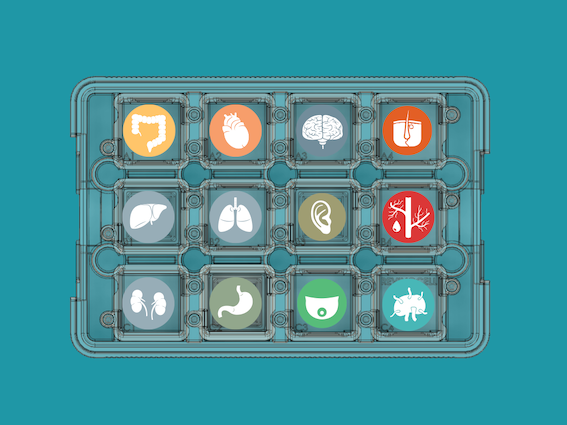
CELLBLOKS® technology
How does it work
Find out how the technology works, its applications and read case studies.
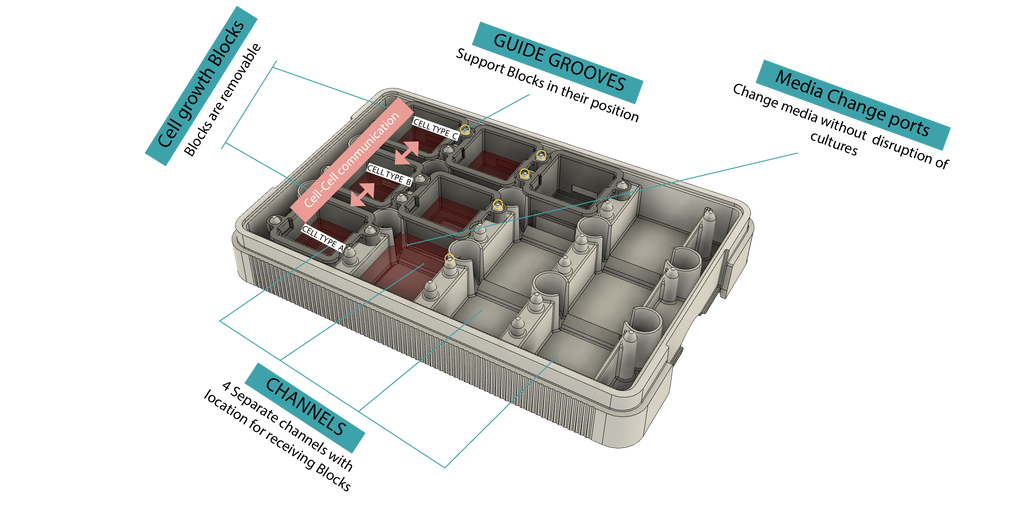
Related resources
Publications
Introducing CELLBLOKS®: a novel organ-on-a-chip platform allowing a plug-and-play approach towards building organotypic models
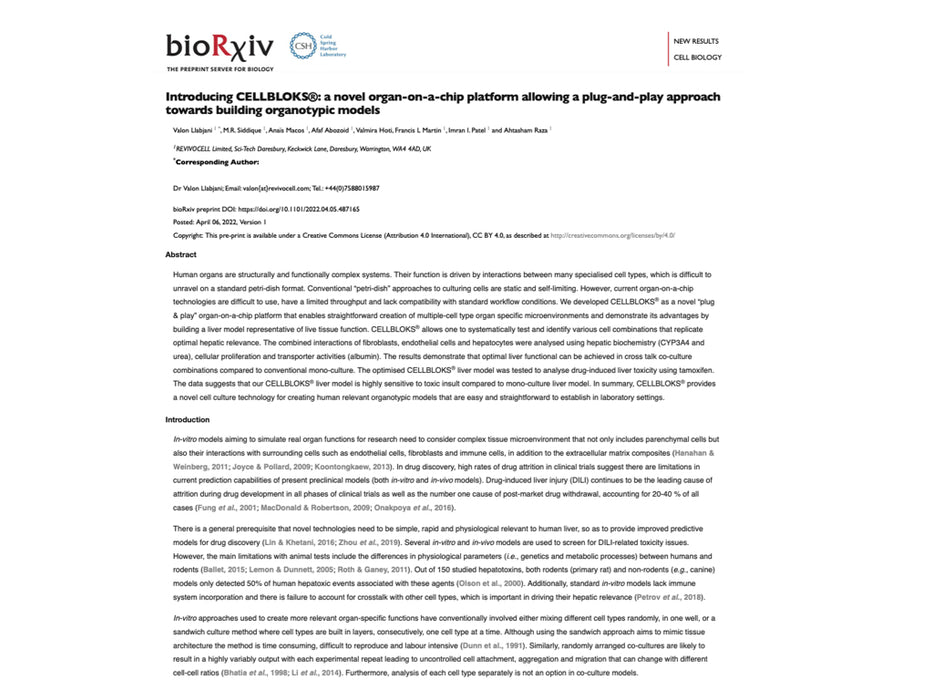
Poster
Engineering liver model using CELLBLOKS®: a novel approach to in-vitro pre-clinical drug screening
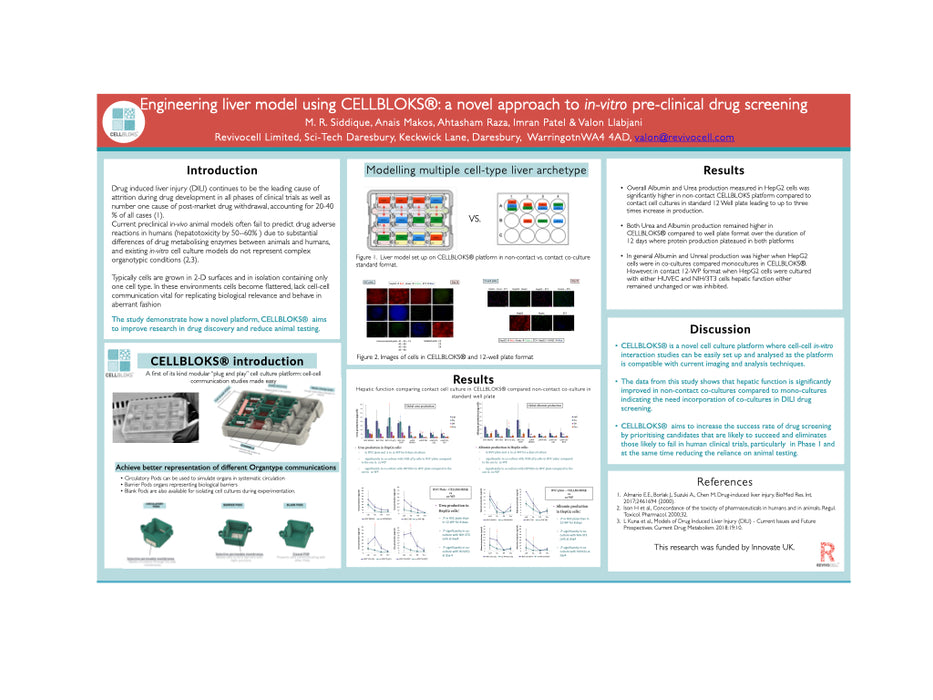
Order Online
Ready to use CELLBLOKS® kits
Related products
3D stack Liver-on-a-Chip model
This models contains 24 individual liver-chips per plate. Each chip consists of multiple liver cell types grown in layered scaffold blocks, arranged in close proximity in a 3D stacked format and is ready to be exposed to test drugs
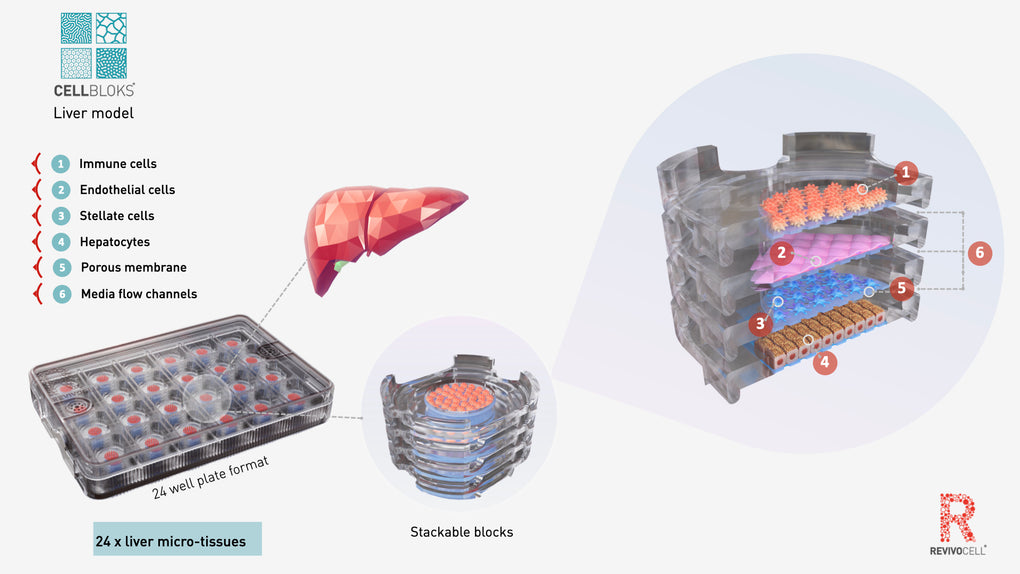
CELLBLOKS® 2D layout Liver-on-a-Chip model
This CELLBLOKS® kit contains ready grown physiological relevant liver micro-tissues constituting different cell types of the liver enablingin-vivorelevant metabolic function essential for predicting adverse drug effects in your lab
